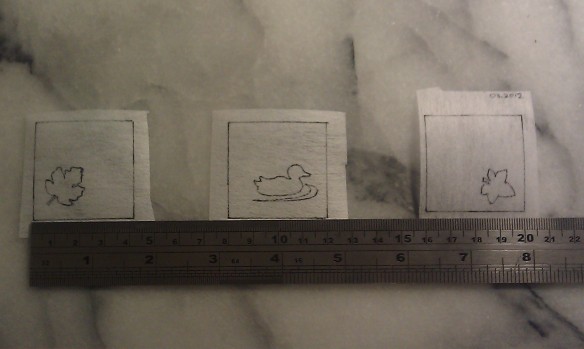I mentioned tools in my last materials post. They’re an essential part of my ability to create the things I do, and I wouldn’t be able to make anything without them.
In no particular order, my tools are:
- marble chopping board
- marble rolling pin
- tracing fabric
- rubber-tipped clay-shaping tools
- basic stainless steel dissection kit
- my own two hands
The marble chopping board is the perfect surface to work on for polymer clay craft.
Quite apart from how beautiful it is, I love this board because it provides a lovely smooth surface to work on. Clay doesn’t stick to it, I can cut using the sharpest knives without damaging the surface, and it’s so easy to keep clean.
Likewise, my marble rolling pin is another essential tool.
Like the chopping board, it is smooth, doesn’t stick to the clay, and is really easy to keep clean. Also like the chopping board, I think it’s really beautiful.
I bought the chopping board years ago, but only found the rolling pin early last year. They look like they could have been made as a set, which I am ridiculously pleased by.
I use the tracing fabric to create stencils for things like my silhouette tiles.
I use a glue-free interface fabric. It’s light and flexible, meaning I can trace designs onto the fabric, and then use the fabric to indent the designs into the clay, but it’s also fairly sturdy, meaning I can use the stencil multiple times – ideal for repeat designs!
I bought the rubber-tipped shaping tools at a local art supply store Dean’s Art, as part of a set of eight. The other five tools are much bigger, though, designed for large ceramic projects.
I’ve found these tools useful for smoothing clay when a fingertip or metal tool won’t quite do. The flexible tips mean that I can easily adjust pressure, indentation and smoothness.
But my most beloved tools (apart from my hands, of course, couldn’t do much without them!) are my dissection kit!
I first had the brainwave to use a dissection kit years ago, while I was still at Uni and making a couple of figurines for some friends of mine. I needed to make curly hair for one of them, and stole borrowed my dad’s handheld steel garlic crusher. While hunting for another tool, I found his old dissection kit, from his own Uni days, buried in a bottom drawer. I pulled it out, cleaned off the dust (all the blood was long gone, I checked) and found, to my delight, that it was the perfect set of tools for fine detail work.
So I stole borrowed the kit, too. When Dad eventually reclaimed it, I bought my own from a university bookstore, and have been happily using it ever since.
Ironically enough, even though my immediate association with dissection kits is the cutting up of frogs, rats and mice, I’ve not once made one of those. If I ever do, it will certainly be an odd symbolism, to use these tools to put together something they would normally pull apart!





